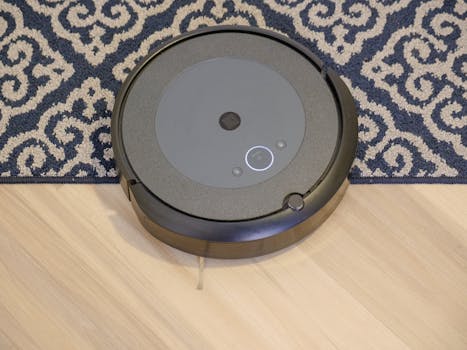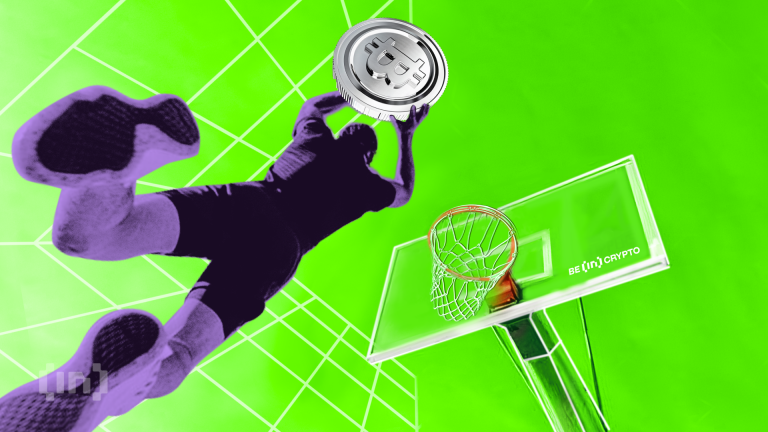
Smart Homes and Smart Living: The Technological Transformation of European Homes by 2025
Smart Homes and Smart Living has become a reality in Europe, with the market expected to experience significant growth by 2025. This transformation is driven by advancements in technology, increasing demand for convenient and energy-efficient living, and the need for innovative solutions to address urbanization and aging populations.
Introduction to Smart Homes
Smart homes refer to residential dwellings that integrate advanced technologies, such as home automation, artificial intelligence, and the Internet of Things (IoT), to provide a comfortable, convenient, and sustainable living environment. These homes are equipped with smart devices and sensors that can be controlled remotely, allowing residents to monitor and manage their living space with ease.
Key Features of Smart Homes
- Home automation systems that control lighting, temperature, and security
- Energy-efficient appliances and renewable energy sources
- Advanced security systems with biometric authentication and motion detection
- Smart entertainment systems with voice-controlled interfaces
- Health and wellness monitoring systems with wearable devices and mobile apps
Benefits of Smart Homes
The benefits of smart homes are numerous, including:
- Enhanced convenience and comfort
- Energy efficiency and cost savings
- Improved security and safety
- Increased property value
- Better health and wellness monitoring
Technological Transformation of European Homes
The technological transformation of European homes is driven by several factors, including:
- Advances in IoT and AI technologies
- Increasing demand for energy-efficient and sustainable living
- Growing need for innovative solutions to address urbanization and aging populations
- Government initiatives and investments in smart home technologies
Challenges and Limitations
Despite the benefits and growth prospects of smart homes, there are several challenges and limitations that need to be addressed, including:
- High upfront costs and investment requirements
- Complexity and interoperability issues with different devices and systems
- Concerns about data privacy and security
- Lack of standardization and regulation
Conclusion
In conclusion, the technological transformation of European homes is expected to continue growing by 2025, driven by advancements in technology and increasing demand for convenient and energy-efficient living. While there are challenges and limitations to be addressed, the benefits of smart homes make them an attractive option for homeowners and investors alike.
Future Outlook
The future outlook for smart homes in Europe is promising, with the market expected to experience significant growth and innovation. As technology continues to advance and consumer demand increases, we can expect to see more widespread adoption of smart home technologies and innovative solutions to address the challenges and limitations of smart homes.





